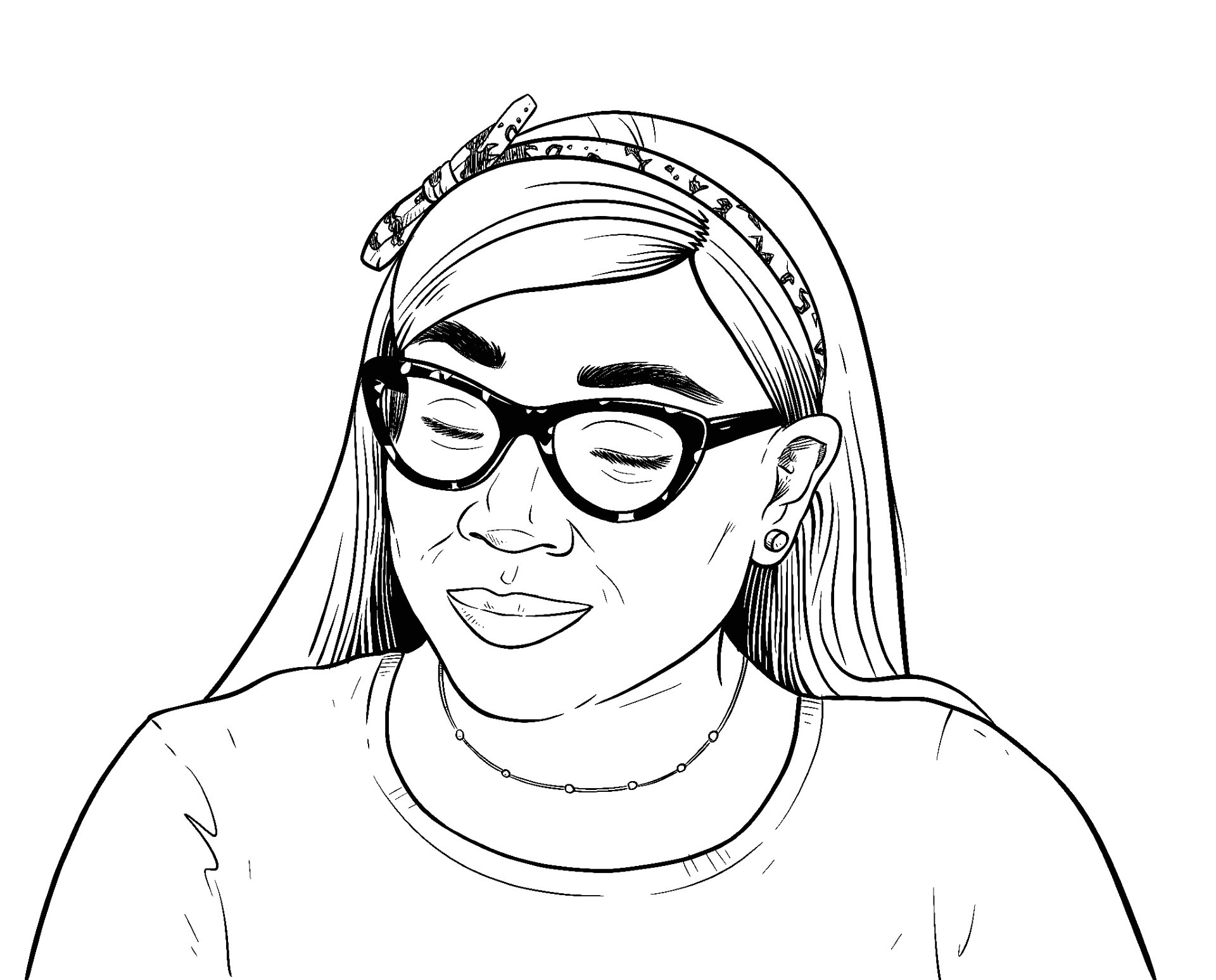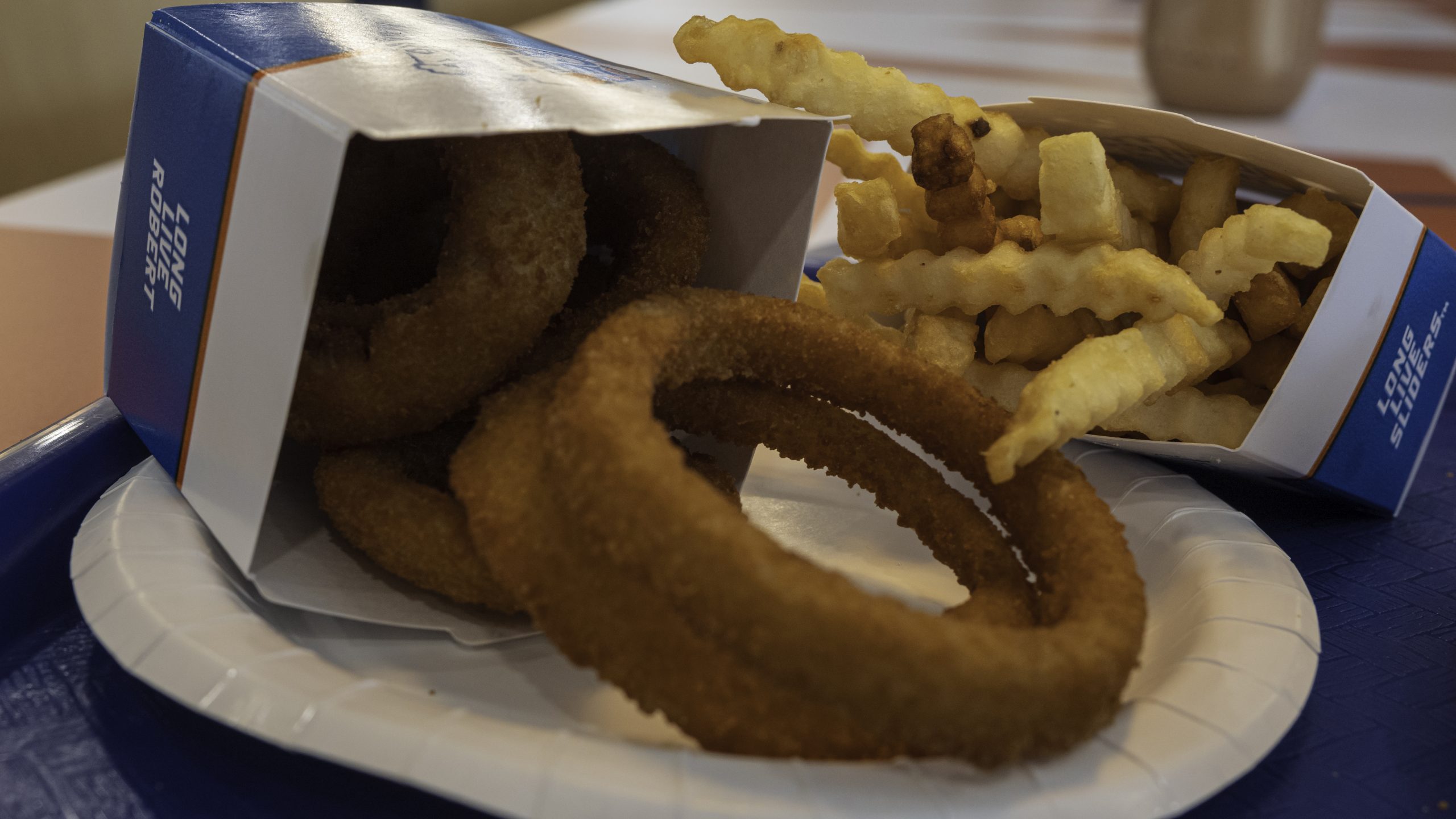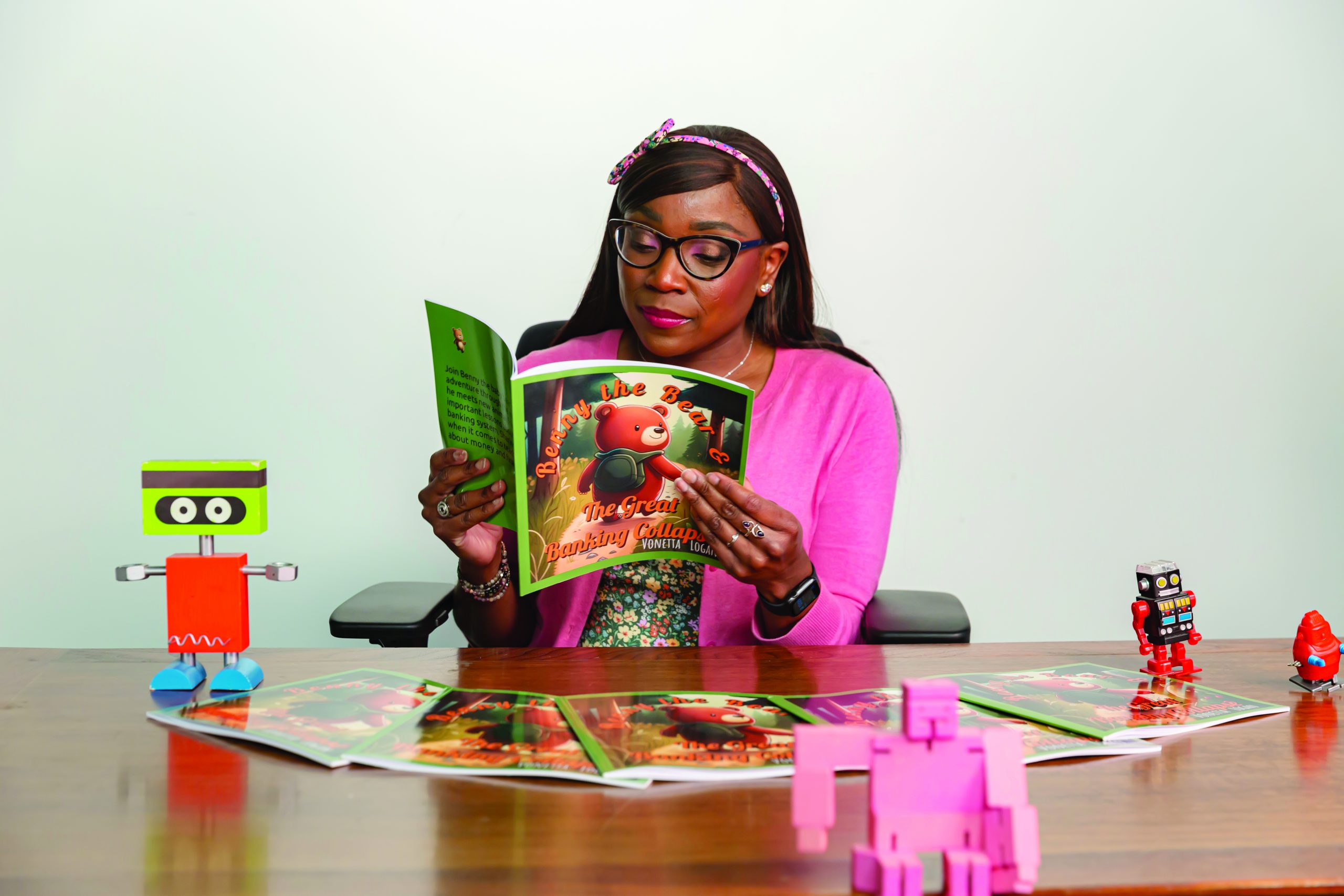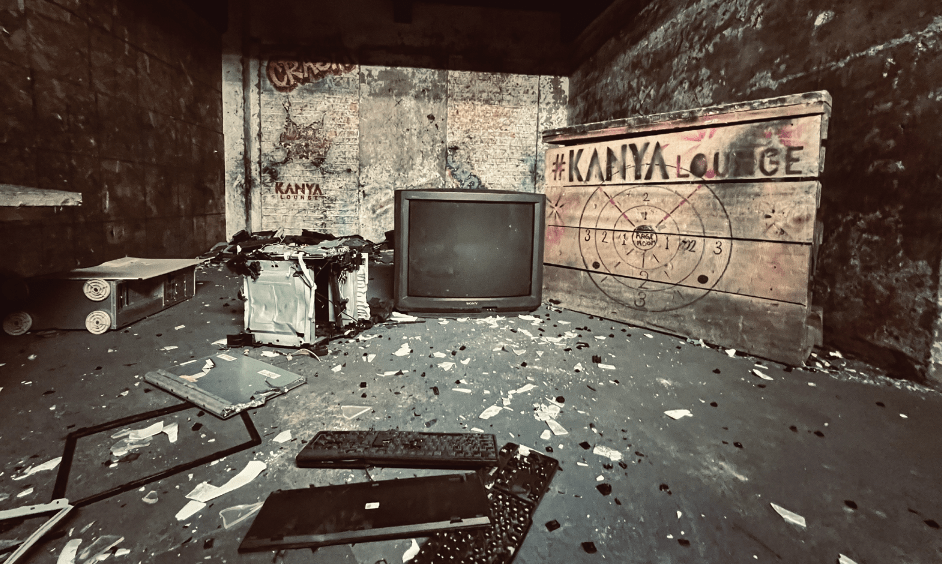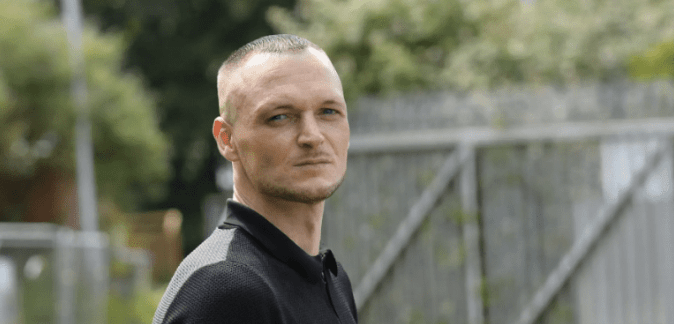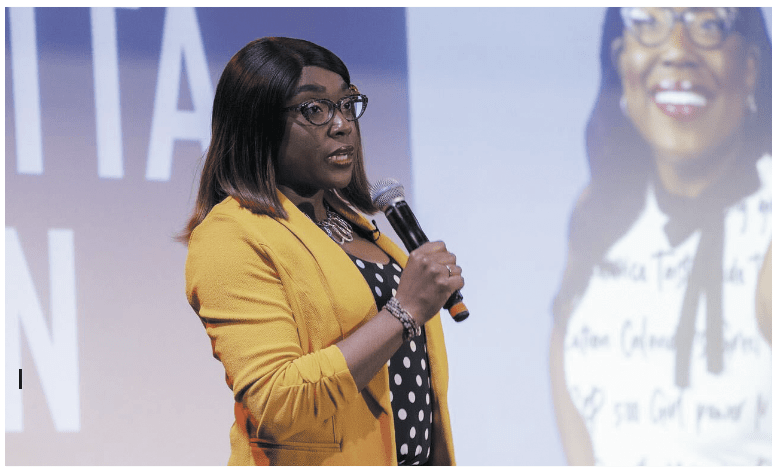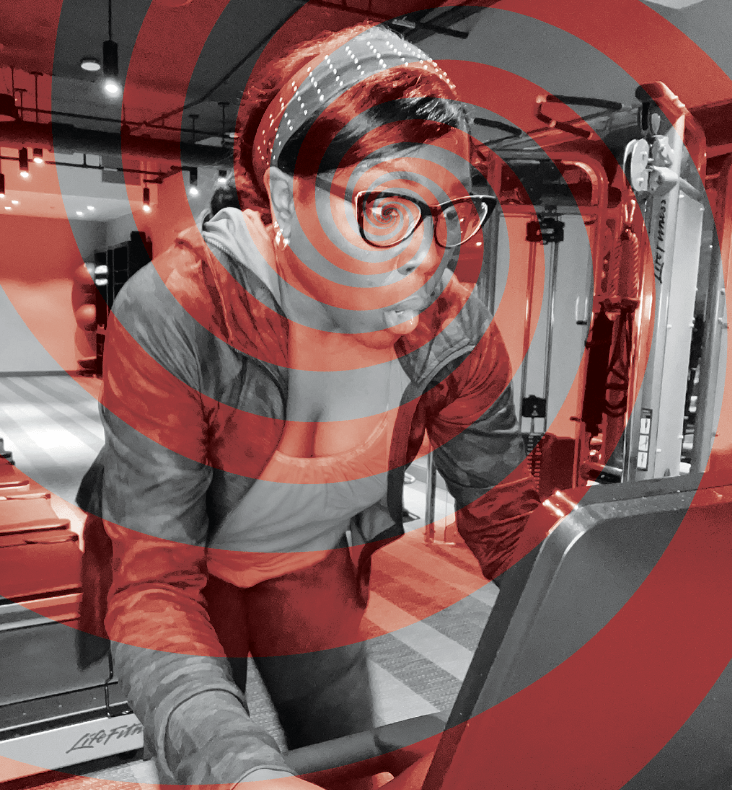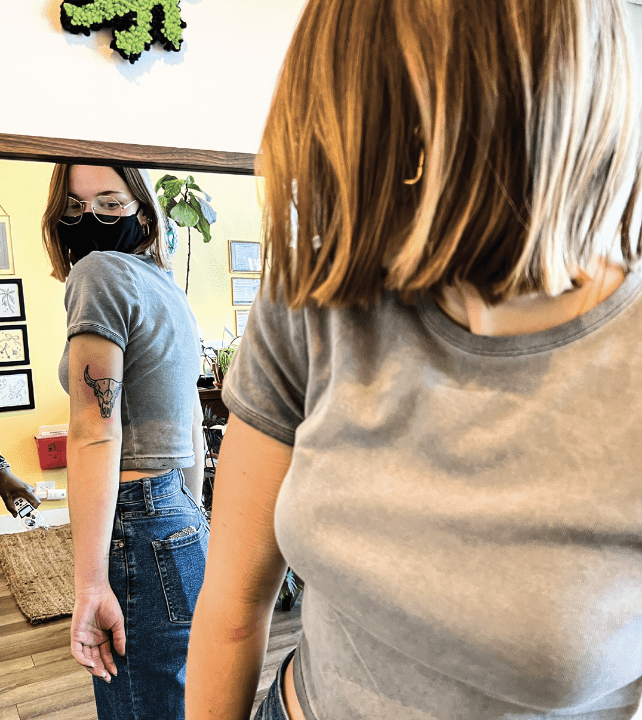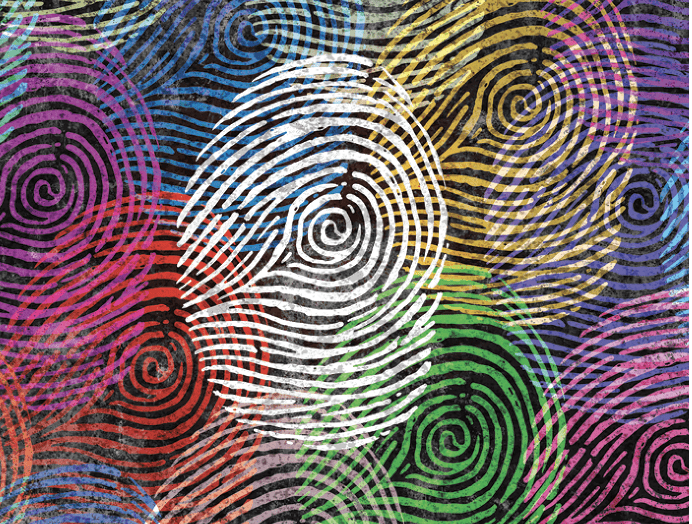No Substitute For Actual Teaching
Higher education is moving online, but can that replace the richness of college life?
Most of life falls short of what’s portrayed in the movies. Kissing in the rain? The future bride and groom will both catch pneumonia and their blowout wedding reception will be ruined. Cross-country road trip? A lot of traffic and that giant rubber band ball smell.
But college? College is one of those rare experiences that, for the most part, lives up to expectations. “OMG, there’s really a quad.” “Eee! That professor is totally rocking a tweed blazer in this giant lecture hall.” “Ha! Frat boys are real!”
But the idyllic setting of higher education has been rocked by the global pandemic and the spread of COVID-19. Most students were on spring break when they found out they wouldn’t be returning to campus for the rest of the year.
“Not since the American entry into World War II have we seen such a massive and rapid transformation of higher education on a scale whereby more than 5,000 institutions of higher learning, nearly 20 million students and 1.3 million faculty have been forced … fully online,” writes Kurt Jefferson of the Louisville Courier Journal.
Collegiate flaws revealed
The industry of higher education is big business worth about $225 billion. But the accelerated rate of change caused by the coronavirus is exposing fissures in the pristine facade of colleges and universities.
“Rising tuition, coupled with fear of accruing mountains of student debt, have chipped away at enrollment,” reports NPR. “In 2019, 250,000 fewer students were enrolled compared with 2018.”
That trend, along with the uncertainty of the virus, could push some institutions over the edge. The University of Michigan has projected it will lose $1 billion because of the coronavirus. The University of Kentucky projects a $70 million hit.
“The likeliest scenario for America’s students is another semester of Zoom lectures and seminars, meaning they’ll miss out on athletics, arts, Greek life, extracurriculars and everything else that defines the college experience,” writes Erica Pandey for Axios.
The University of Michigan has projected it will lose $1 billion
because of the coronavirus.
Zoom to the rescue?
During the pandemic, Zoom (ZM) has been a savior for businesses, but a pain for college students. An online petition has garnered more than 15,000 signatures from unhappy New York University students who are balking at paying $53,000 a year for glitchy Zoom lectures. Across the country, students are demanding tuition refunds or discounts. Schools have already had to return payments collected for meal plans, dorm rooms and lab fees. But that’s not enough, according to Elizabeth Zehner, a mother interviewed by The Washington Post.
“When you save their entire lives to send them to this fabulous experience—the idyllic location, the labs, small discussion groups, and you’re writing this huge check for a comprehensive experience—to say that’s equivalent to an online course?” Zehner told the newspaper.
University leaders have defended the switch to the internet by maintaining that students and their families are paying for the class credit and degree. That seems like saying couples pay for the marriage license, not the experience of being married.
University leaders have defended the fees they charge for online classes, saying that students are paying for class credit and a degree—not an experience.
Profs go Hollywood
Some instructors have tried to make their Zoom lectures more compelling and palatable by splicing in funny videos or asking lab students to use their own yards to take soil samples, but most students agree the experience is not the same. Besides, Grandma just can’t handle a beer bong.
As the semesters and quarters draw to a close, all eyes are focusing on the fall semester. Will schools open? How do students socially distance in a packed lecture hall?
“It’s revenue pressure, and the sense that if we’re the one that doesn’t open, we lose our share of the market permanently,” writes Robert Zemsky, a professor at the University of Pennsylvania.
It appears that Purdue University is taking the lead in reopening in-the-flesh classes. The school’s president, former Indiana Gov. Mitch Daniels, posted a message online to explain the rationale.
“Our campus community, a ‘city’ of 50,000+ people is highly unusual in its makeup,” Daniels wrote. “At least 80% of our population is made up of young people 35 and under. All data to date tell us that the COVID-19 virus, while it transmits rapidly in this age group, poses close to zero lethal threat to them.”
It’s a good thing this statement to students wasn’t Daniels’ thesis because he makes some huge leaps in logic here. He goes on to explain that Purdue will test students for the virus, hold class on alternating days and adjust cleaning protocols in residence halls.
But he leaves plenty of unanswered questions. Most institutions just can’t give every student a one-person dorm room, and schools need places to isolate anyone who needs to be quarantined. And forget about those plans to study abroad.
No cavalry in sight
Help for struggling schools is trickling in slowly. Through the CARES Act, colleges will receive about $14 billion in aid; $6.3 billion of which must go to students who are hurt financially by the virus.
While the virus can infect anyone, regardless of social status, the effects on poor and minority communities have been devastating. While on campus, two students from differing socio-economic backgrounds have equal opportunities—they attend the same classes, eat the same meals and go to the same job fairs.
But at home in quarantine, inequality burnishes the differences. One student may attend Zoom lectures with high-speed internet at the family’s lake house, while another student might be forced to get a job at a grocery store to help keep the family finances afloat.
“In general, when you have vulnerable populations and emergency hits them, it tends to make their life situation worse,” writes Eddy Conroy, associate director of research and communications for the Hope Center for College, Community and Justice. If colleges don’t find ways to support students in need, the less-fortunate may lose their one shot at social mobility.
The pandemic has not only rocked those schools but the small towns where many of the campuses are located. Imagine 5,000, 10,000 or even 40,000 people vanishing from an economic ecosystem.
Higher education, lower expectations
Moody’s Investors Service has downgraded the higher education sector from stable to negative. “Just over 30% of public universities and nearly 30% of private universities were already running operating deficits,” the service says in its guidance. Public universities have the benefit of state financial support, but states are running huge deficits because of the virus.
Colleges have made huge capital outlays to get online education underway, but the money isn’t coming back in. “College endowments, which can sometimes offer some insulation from hard financial times, have also taken a hit,” a CNBC report says. The American Council on Education calls the government’s bailout plan “woefully inadequate.”
International students, who are charged full sticker price, have helped colleges stay afloat, but with travel restrictions in play, schools have seen a significant decline in foreign student enrollment.
“The gloves have come off,” Angel Perez, vice president for enrollment and student success at Trinity College, writes. “You’re talking about a scenario where colleges need to enroll students at any cost.”
That includes sweet perks like early registration, first choice for housing, free parking and even scholarships. Some schools are looking at the extreme measure of jettisoning NCAA sports teams. See ya later, men’s soccer.
Times are tough, and decisions are difficult. High school seniors are being told to take a “gap year” before starting college. But what fun is bumming around Europe with a backpack when it’s likely to end with a hospital stay?
Meanwhile, graduating college seniors face the highest unemployment rate since the Great Depression. And most reliable streams of income, like waitressing and tending bar, were rocked the hardest.
Everyone who attended college before the pandemic can hold onto their memories of freedom and can hope that college kids of all ages will be able to pass out on the couch in the common room very soon.
Vonetta Logan, a writer and comedian, appears daily on the tastytrade network and hosts the Connect the Dots podcast. @vonettalogan


